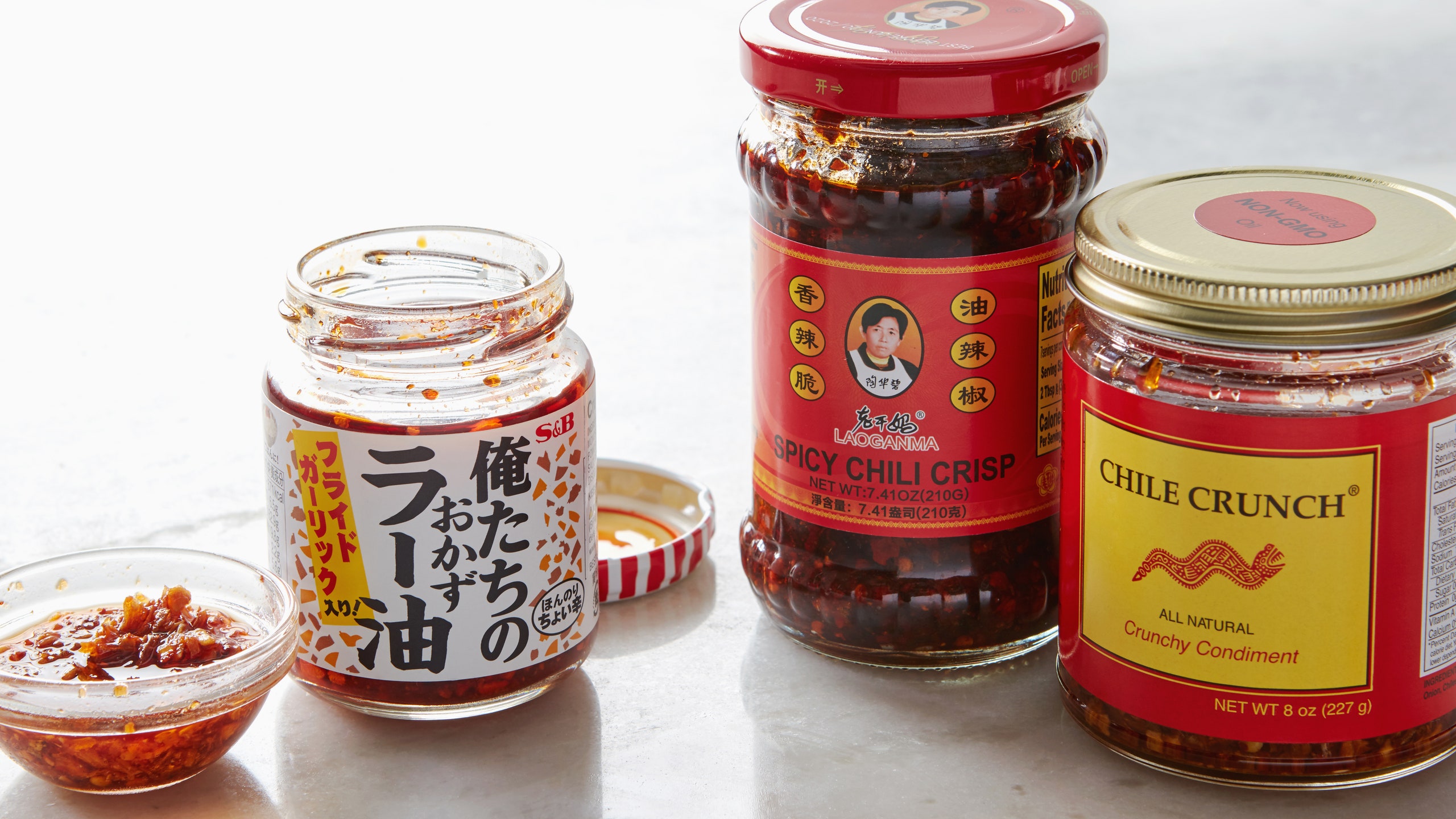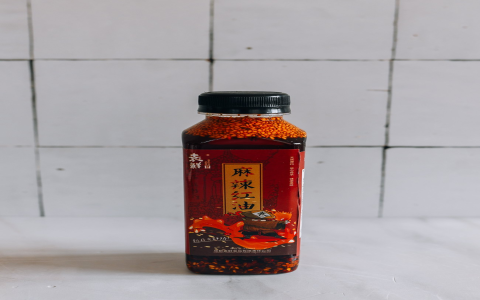So, a bunch of you have been asking about my little kitchen experiments, and today I figured I’d walk you through something I’ve been doing for a while now: making my own chili oil organic style. Yeah, organic. Because, let’s be honest, the stuff you buy in stores? Who knows what’s really in there. Half the time it tastes like disappointment, or it’s got a list of ingredients longer than my arm.

Why Bother, Right?
Well, for starters, flavor, man! When you make it yourself, you control everything. And going organic, for me, just feels better. Cleaner taste, no nasty pesticides, all that good stuff. Plus, there’s something super satisfying about making your own condiments. Beats paying a fortune for a tiny jar of something that’s probably been sitting on a shelf for months.
Getting the Goods Together
Alright, so this isn’t some super complicated secret recipe. It’s more about the process and good ingredients. Here’s what I usually grab:
- Good quality organic dried chilies: I like a mix. Some for heat, some for flavor and color. I usually get a big bag of Szechuan chilies, the fragrant kind, and maybe some smaller, hotter ones. I just eyeball it, really.
- Organic oil: This is important. You need a neutral-tasting oil with a high smoke point. I’ve used organic grapeseed oil, sometimes sunflower. Avocado oil works too if you’re feeling fancy, but it’s pricier. Today, I went with grapeseed.
- Organic aromatics: This is where the magic happens.
- Garlic, lots of it, just roughly chopped.
- Ginger, a good knob, sliced up.
- Szechuan peppercorns – essential for that tingly, numbing kick!
- Star anise, maybe a couple of whole ones.
- A small piece of cinnamon bark if I have it.
- Sometimes a bay leaf or two.
- A bit of organic salt.
That’s pretty much the core of it. No weird additives, no MSG, just real food.
The Actual Doing It Part
So, first, I got my chilies. I snipped off the tops and shook out most of the seeds because I want flavor, not just searing pain. Then I pulsed them in my little food processor. Not into a fine powder, mind you. I like some flaky bits and some smaller pieces. Texture, you know? I dumped this into a heatproof bowl. A sturdy glass or ceramic one is best. Added a pinch of salt to the chili flakes.
Next up, the oil. I poured a decent amount, maybe two cups, into a small saucepan. I turned the heat to medium-low. You don’t want this oil smoking like crazy from the get-go. Patience is key here.

While the oil was gently heating, I threw in my aromatics: the garlic, ginger, Szechuan peppercorns, star anise, and that piece of cinnamon. I let them just simmer away in the oil. The idea is to infuse the oil with all those amazing smells and flavors. This part makes the whole kitchen smell incredible. I kept an eye on them, stirring occasionally. You want them to get golden and fragrant, but definitely not burnt. Burnt garlic is a tragedy.
After maybe 10-15 minutes, when the garlic was a nice light golden brown and everything smelled amazing, I carefully strained the aromatics out of the oil. Some folks leave them in, but I prefer a cleaner oil. I just use a fine-mesh sieve. Sometimes I save those crispy garlic bits – they’re tasty!
Now, the main event. I cranked the heat under the oil just a little bit more, to get it hot but not smoking furiously. You can test it by dipping a wooden chopstick in; if it bubbles gently around the chopstick, it’s good. Then, very carefully, I poured that hot, fragrant oil all over the chili flakes in the bowl. Oh, that sizzle! It’s the best sound. And the smell just intensifies. It blooms, you know? I gave it a good stir straight away to make sure all the chilies got some love from the hot oil.
The Waiting and The Reward
And that’s pretty much it. I just let it sit there and cool down completely. As it cools, the color gets deeper, more vibrant red, and the flavors meld together. It’s tempting to dive right in, but it gets better as it sits for a bit. Once it’s cool, I pour it into a clean jar, chilies and all. It keeps for ages in the fridge, though mine never lasts that long. I put it on everything: noodles, eggs, dumplings, rice, even just as a dip for bread.
So, there you have it. My process for making chili oil organic style. It’s not a strict recipe, more of a guideline. Play around with the chilies, the aromatics. Make it your own. But trust me, once you start making your own, you’ll find it hard to go back to the store-bought stuff. Way more satisfying, and you know exactly what you’re eating. Give it a shot!









